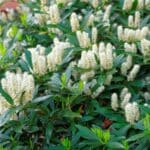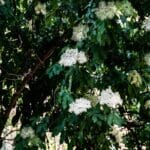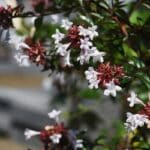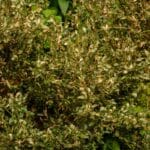The Mexican Honeysuckle Flower, also known as a Firecracker Bush, is a drought-tolerant plant that has orange, tubular flowers. It usually appears throughout the year, although its favorite season is spring.
One of the easiest plants to take care of, the Mexican honeysuckle is native to Central America and Mexico.
Continue reading if you would like to know more about this gorgeous flower.
Facts about Mexican Honeysuckle
The scientific name of this flower is Justicia spicigera, and it’s a member of the Acanthaceae family of plants. They are propagated relatively well throughout South America and the United States of America. It grows particularly well in USDA hardiness zones 8 to 11.
This shrub has reddish and bright orange clusters that catch everybody’s attention, including hummingbirds, who love the plant’s nectar.
It has lime-green foliage that compliments the flower’s colors, and its small shrubs will thrive the most when placed in a partially shaded area.
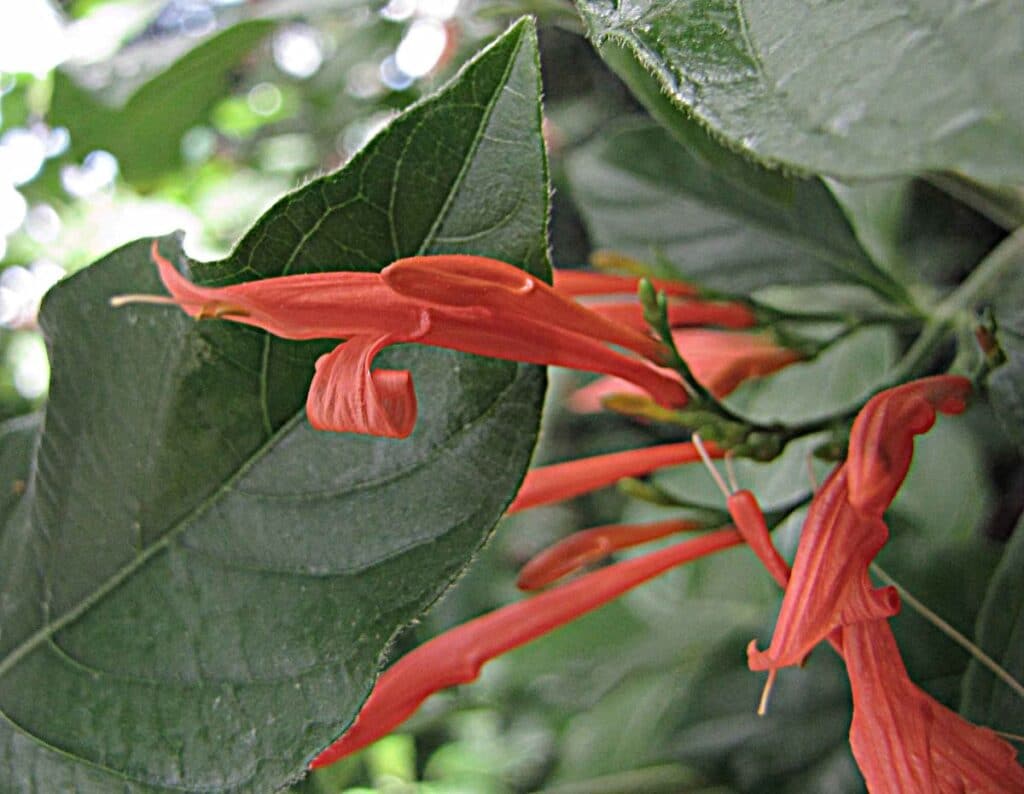
One of the best characteristics of Mexican honeysuckle is that they tend to bloom throughout the year, but only if there are no dangers of frosts in the area. Therefore, most gardeners love this plant, as they are aware of their blooms’ duration and the benefits they could bring to nature.
Make sure there is enough room for this plant to grow, though, as it can grow up to 4 feet tall, and it could spread to up to 6 feet wide.
Growing and Caring for Mexican Honeysuckle Plants
Keep these tips in mind and this bush will grow successfully:
Light Needs
The Justicia spicigera prefers hot climates and full sun exposure or partial shade. However, it would be better if these plants were placed under filtered light to protect the shrub.
Watering Requirements
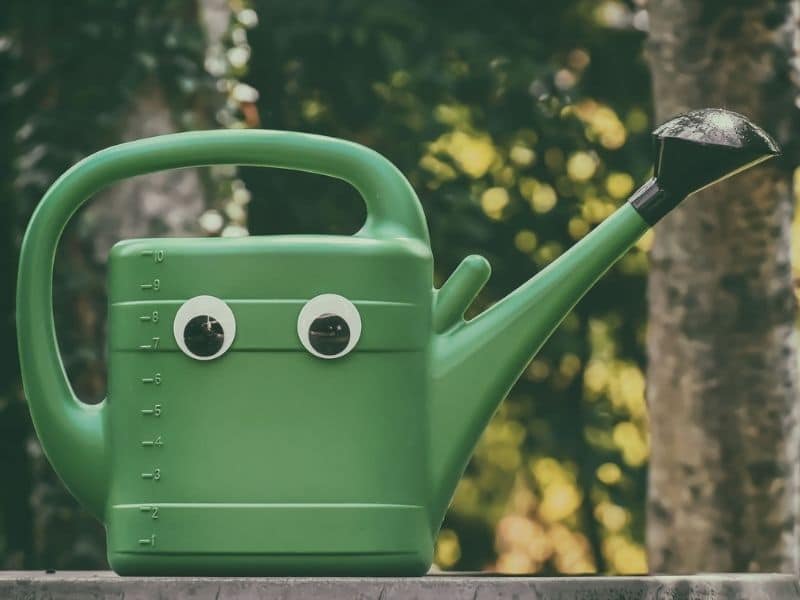
This plant is perfect for those new gardeners who always forget to water their plants. The Justicia spicigera has low watering needs, making them ideal for arid places or where droughts have set in.
Yet, if the plant has been recently cultivated, it is advisable to water it thoroughly and continuously—this could be at least every other day.
Overwatering the plant could cause severe damage, though. If this happens, then the leaves will turn grisly yellow.
Type of Soil
The Justicia spicigera plant thrives best when they have moist soil. Yet, the most crucial aspect is to have well-drained soil. This way, water can flow without waterlogging underneath the plant.
The Mexican honeysuckle can be transplanted during a cool season, preferably toward the end of fall. If transplanting is an option, remember to prune the plant’s root before placing it in its final destination. This will encourage it to grow stronger. Mexican honeysuckle is root hardy and can survive winter temperatures as low as 25°F.
It would be best if compost is applied to this shrub every year. Lastly, mulch should also be added, more specifically during late winter. Otherwise, the plants could die, especially if winters are hard and temperatures have lowered.
Pruning Tips
If the plant is already established, then prune the old leaves. This way, you will boost new plants growth, and the plant will become healthier.
Pests
Mexican honeysuckle is often attacked by whitefly and red spider mites. Using an insecticidal, ecological soap will remove all signs of pests. Ideally, you would mist the soap daily, as soon as the sun is out, or when the sun sets in.
Propagation
Stem cuttings are ideal for propagating this plant. You could divide the root ball or bend a stem and place it in the soil, this way, new roots will be coming in.
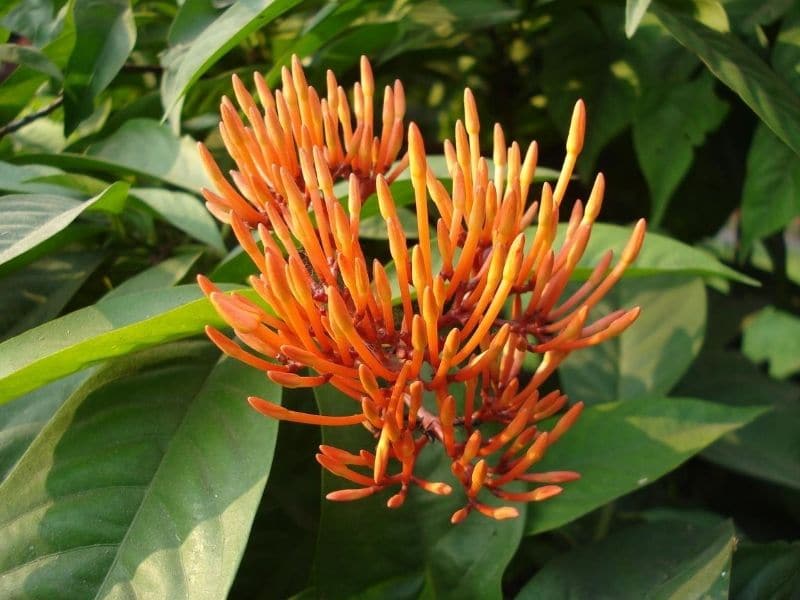
Uses
This shrub is often considered a great source of medicine, as its leaves are often used to make a tea that fights coughs and fevers.
Besides, they can also be used as a plant that attracts essential pollinators such as bees and butterflies, as they are drawn to the plant’s nectar.
Lastly, the flowers can also be used as a natural ink, and it will look amazing as watercolor paint.
FAQs
What is Mexican honeysuckle used for?
Mexican honeysuckle (Justicia spicigera) is primarily used for ornamental purposes in gardens and landscapes. Known for its vibrant orange tubular flowers and attractive foliage, it is cultivated for its aesthetic qualities, attracting pollinators like butterflies and hummingbirds.
What does honeysuckle look like when it blooms?
When honeysuckle (Lonicera) blooms, it typically produces clusters of tubular, fragrant flowers. The flowers come in various colors depending on the species or cultivar, ranging from white and yellow to pink, orange, or red, adding a vibrant and visually appealing display to the climbing or trailing vines.
Conclusion
The Firecracker plant is an easy-to-care shrub that will thrive best when left alone. Its vibrant orange color attracts pollinators, but it also deters deers away from it.
Overall, the trompetilla is an excellent starter shrub for new gardeners looking to bring more variety to their landscape; and they will surely get a pop of color with these beautiful flowers! Don’t forget to check out other Mexican plants you can grow.
See more: honeysuckle flower meaning and symbolism


